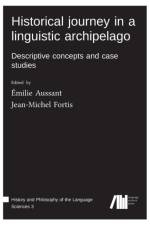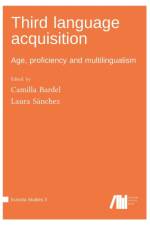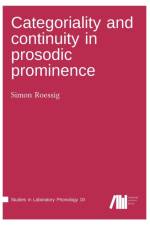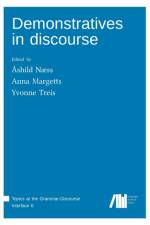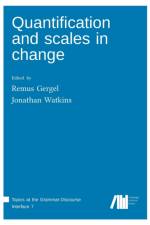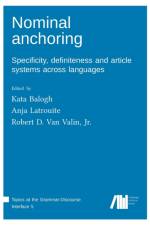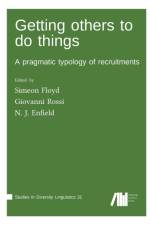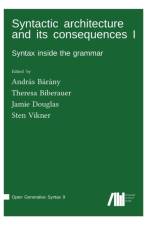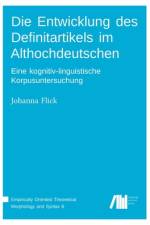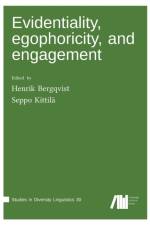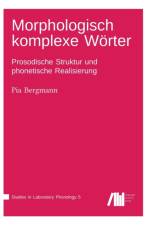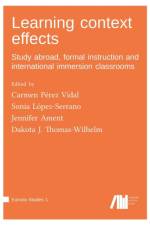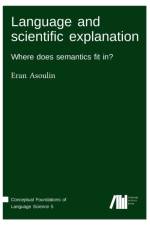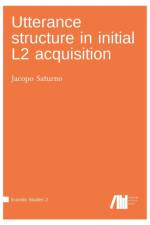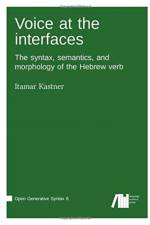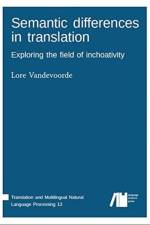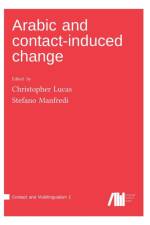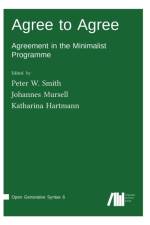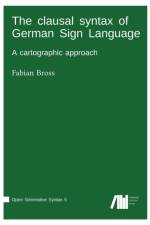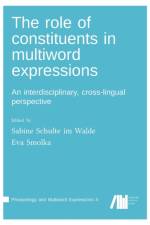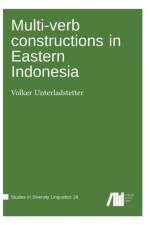587
This book deals with the effects of three different learning contexts mainly on adult, but also on adolescent, learners' language acquisition. The three contexts brought together in the monograph include i) a conventional instructed second language acquisition (ISLA) environment, in which learners receive formal instruction in English as a Foreign Language (EFL); ii) a Study Abroad (SA) context, which learners experience during mobility programmes, when the target language is no longer a foreign but a second language learnt in a naturalistic context; iii) the immersion classroom, also known as an integrated content and language (ICL) setting, in which learners are taught content subjects through the medium of the target language-more often than not English, used as the Lingua Franca (ELF). The volume examines how these contexts change language learners' linguistic performance, and also non-linguistic, that is, it throws light on how motivation, sense of identity, interculturality, international ethos, and affective factors develop. To our knowledge, no publication exists which places the three contexts on focus in this monograph along a continuum, as suggested in Pérez-Vidal (2011, 2014), with SA as 'the most naturalistic' context on one extreme, ISLA on the other, and ICL somewhere in between, while framing them all as international classrooms. Concerning target languages, the nine chapters included in the volume analyze English, and one chapter deals with Spanish, as the target language. As for target countries in SA programmes, data include England, Ireland, France, Germany, and Spain in Europe, but also Canada, China, and Australia. While the main bulk of the chapters deal with tertiary level language learners, a language learning population which has received less attention by research thus far, one chapter deals with adolescent learners. Carmen Pérez-Vidal, Sonia López, Jennifer Ament and Dakota Thomas-Wilhelm all served on the organizing committee for the EUROSLA workshop held at the Universitat Pompeu Fabra, Barcelona, in May 2016. It is from this workshop that this monograph was inspired

